The exhibition “Austriada. 70 Years of Illustrated Journeys” is presented as part of Romanian Design Week with the support of the Austrian National Tourist Office.
One might think that Austria doesn’t need promotion — it’s such a strong and beloved destination that it speaks for itself. And that’s true, up to a point. Brands — whether they represent countries or not — go through different times and challenges. Sometimes, they need tools to adapt and respond to those times, overcoming obstacles, softening steep climbs, adjusting to changes, and transforming into something more vibrant, more dynamic, more loved.
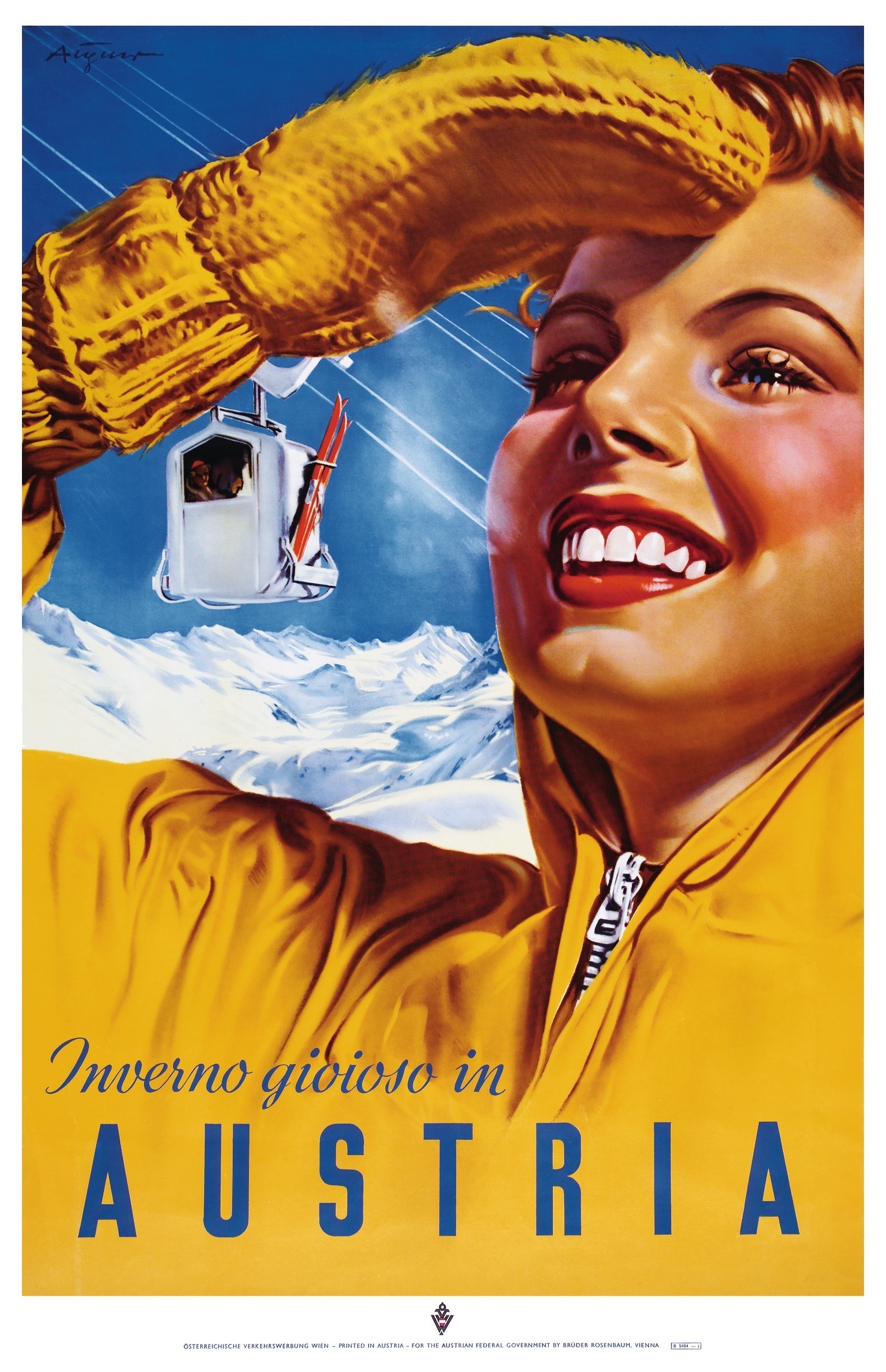 This has been precisely the mission of the Austrian National Tourist Office: developing and building the country brand and communicating it to travelers around the world. It's no coincidence that the office was established in 1955 — the year Austria regained its independence — and tourism became a key priority in rebuilding the economy.
This has been precisely the mission of the Austrian National Tourist Office: developing and building the country brand and communicating it to travelers around the world. It's no coincidence that the office was established in 1955 — the year Austria regained its independence — and tourism became a key priority in rebuilding the economy.
It’s not just socio-political conditions that influence tourism and its promotional activities, but also technology — which transformed tourism posters from purely artistic expressions into sophisticated marketing tools. With the peak of the Belle Époque, posters became more elaborate thanks to advances in printing and lithography. Renowned artists influenced by styles like Art Nouveau were commissioned to create posters promoting Vienna — the cultural capital of Europe — and Austria’s Alpine destinations. Works by Gustav Klimt or photographer Emil Hoppe captured Viennese elegance, with cafés, palaces, and concerts, while others glorified winter sports, which were becoming accessible to the middle class — another factor influencing tourism promotion.

Then came the era of photography — first in black and white, then graphic posters. One cannot speak about this period without mentioning Paul Aigner, considered one of Austria's most important graphic designers of the 1940s–50s. Starting in the 1960s, color photography began to replace the hand-drawn posters created by artists. Images of ski slopes and Viennese palaces, taken by local professionals, became iconic, and advertising agencies took over the creative process, integrating advertising elements into the Tourist Office’s communication. Logos and slogans were developed, strategies and campaigns were launched — Austria’s tourism office now had its own advertising agency.
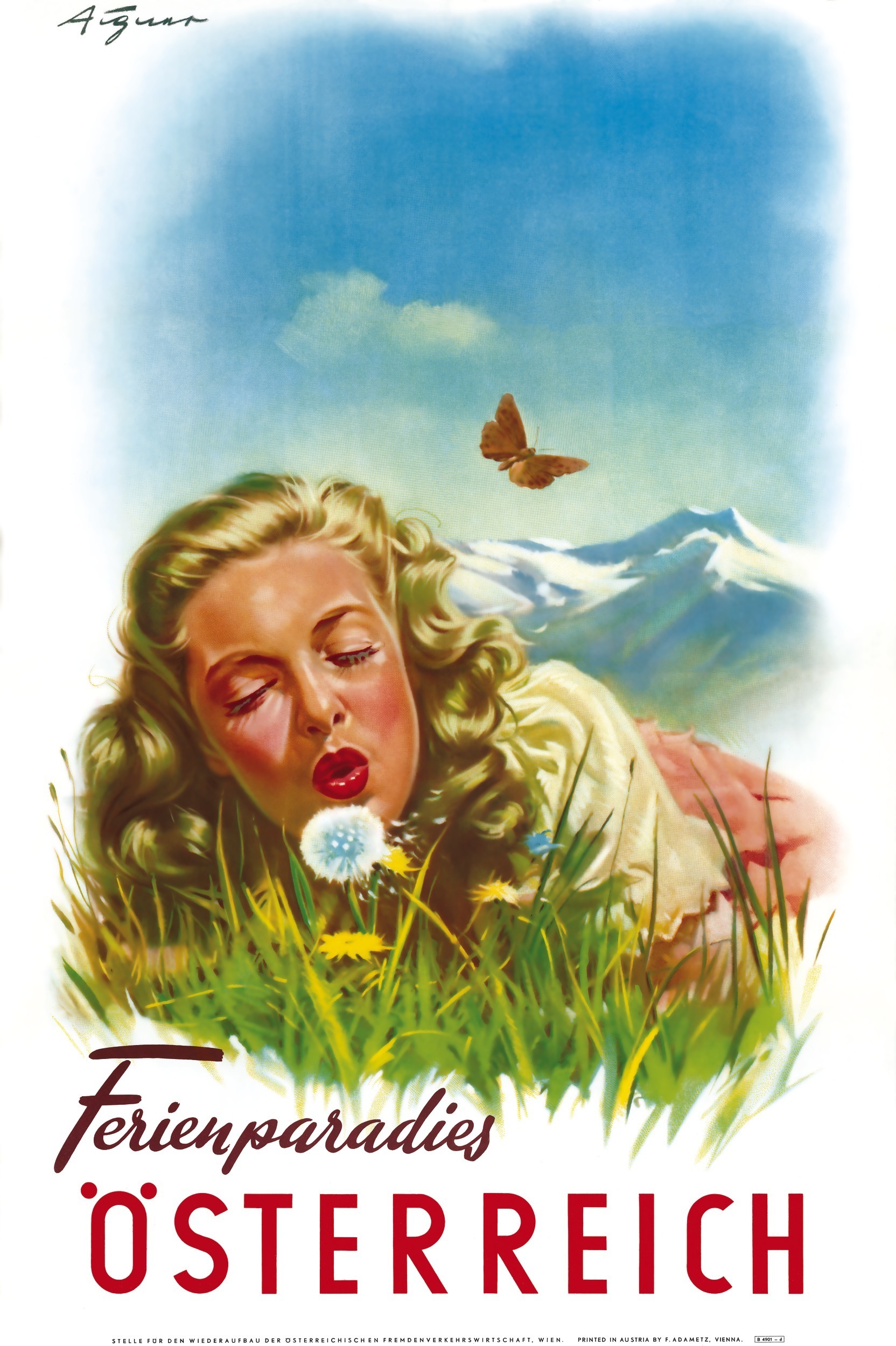
Infrastructure continued to modernize, with highways and airports making it easier for tourists to visit. Tourism posters, initially found only in train stations and travel agencies, began appearing in more and more public spaces. With the tourism boom of the 1980s, the Austrian Tourist Office expanded its international presence, opening offices in key countries across Europe, North America, and later, Asia.
The strategy diversified to promote not just winter and skiing but also other activities and seasons — hiking, lakes, festivals, museums, concerts — reflecting an increasing appetite for year-round tourism.
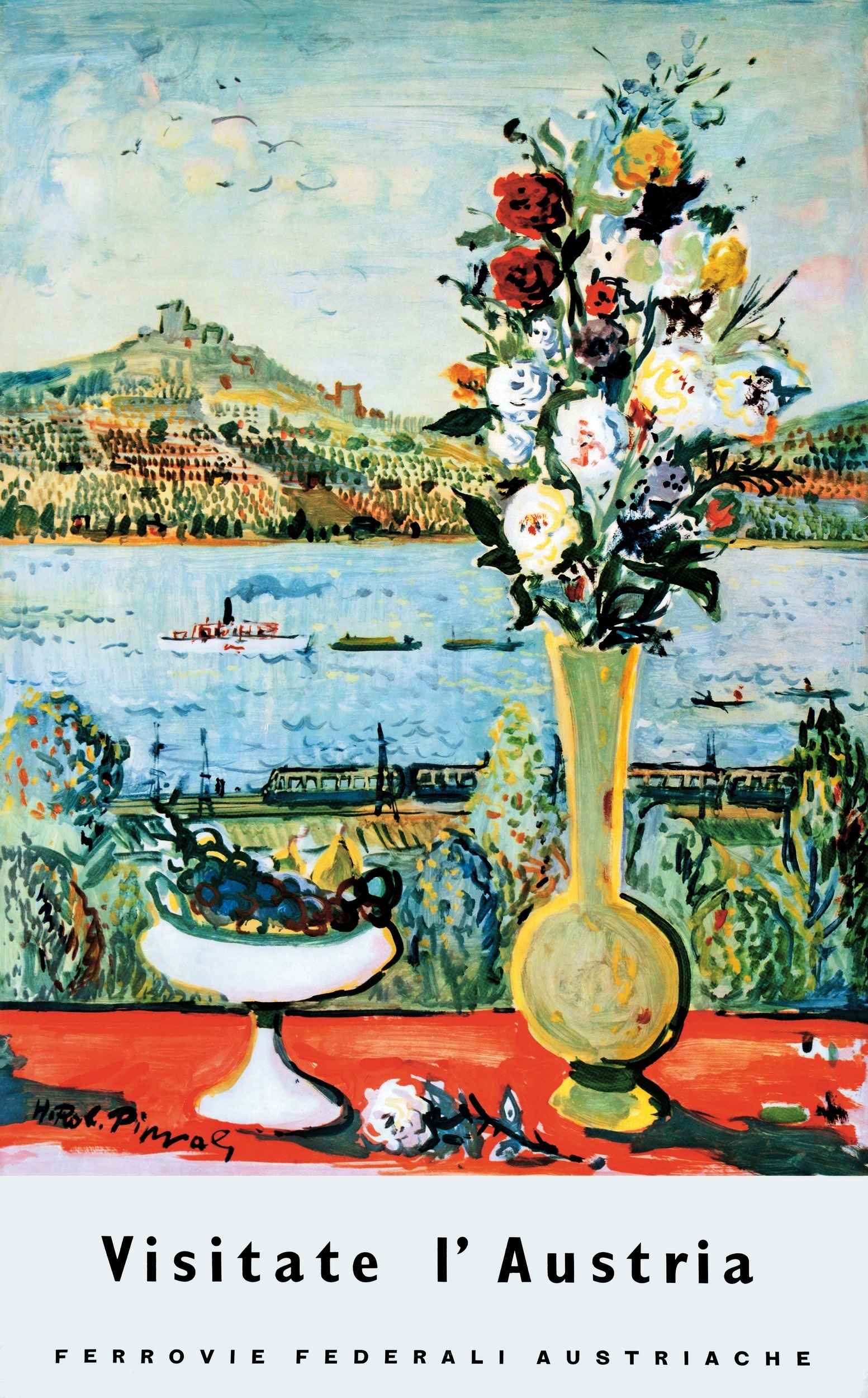
In recent decades, Austrian tourism communication has blended professional photography and digital design. The office has collaborated with many contemporary artists — including Lois Lammerhuber and Peter Rigaud, as well as Curt Faudon and Max Vrecer, who made key contributions in the 1980s through their cinematic work that boosted Austria’s international tourism profile.
The launch of the website www.austria.info became a central part of the Tourist Office’s strategy, offering a platform for detailed information about destinations and events. Social media was integrated into promotions, and the office began inviting influencers and bloggers to increase visibility — not only helping craft new types of messages suited to specific communities, but also transforming content creators into digital guides to Austrian tourism. These are the years when you can encounter Austria across all platforms — jumping out from your phone in a fast-paced reel, beckoning from a photo album at a bookstore, or convincing you to book a trip while you’re relaxing at home watching a documentary on Art Nouveau.
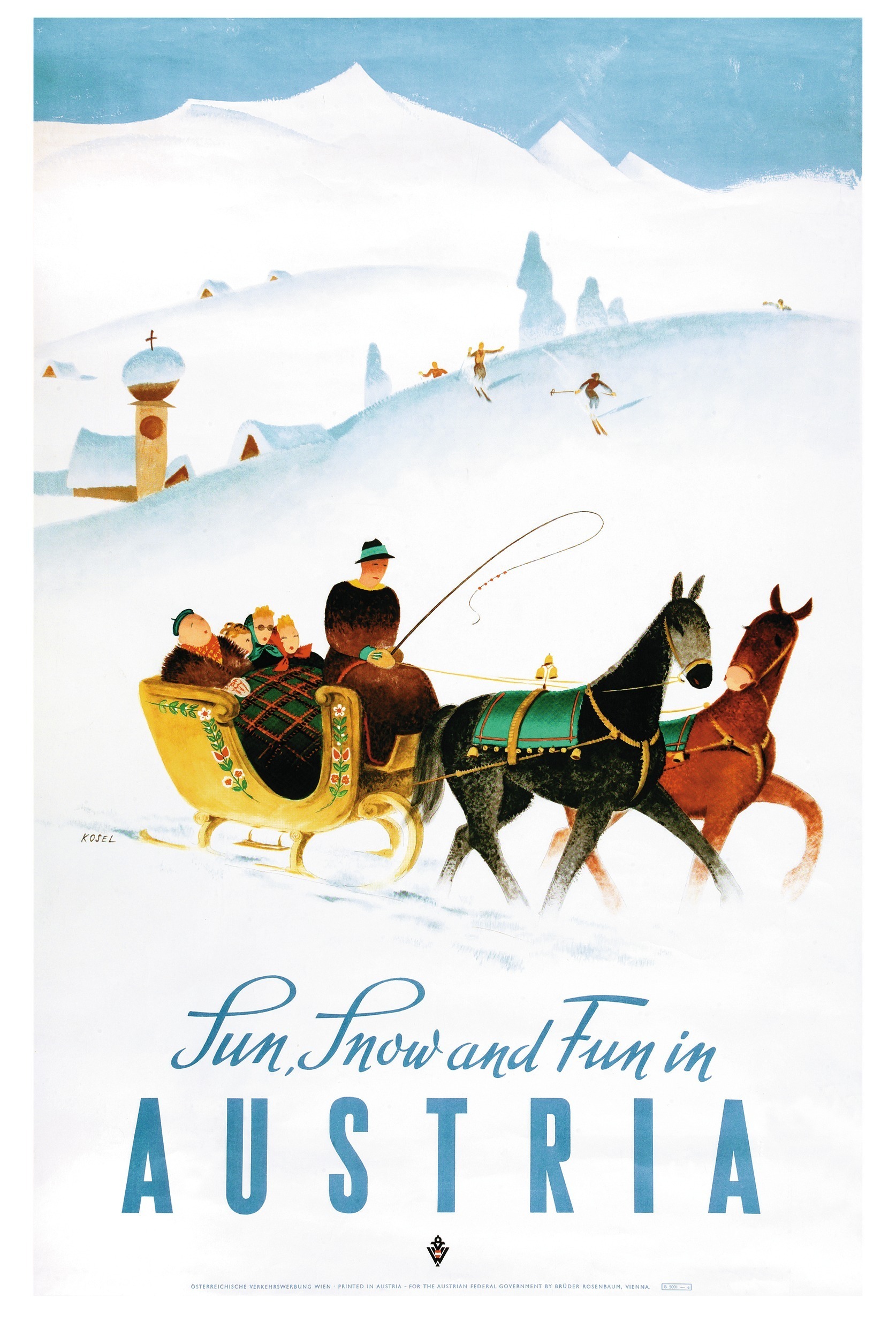
The Austrian Tourist Office opened offices in emerging markets, including Romania (2005, with its own office since 2009), recognizing its potential as a source market. Communications and campaigns became more personalized, embracing storytelling and focusing on the joy of unique experiences — from skiing in fresh powder in Tyrol to attending Viennese concerts — rather than simply promoting destinations.
In recent years, innovation, sustainability, and year-round tourism have taken center stage. The traditional distinction between winter and summer seasons has faded, with Austria promoted as a versatile destination offering nature, culture, and hospitality. This approach reflects modern tourists’ preferences for flexibility — they no longer wait months for one big annual vacation, but rather take shorter, often spontaneous getaways when they feel the need for a break, or when a desired event pops up — via a poster, a news story, or an Instagram post.
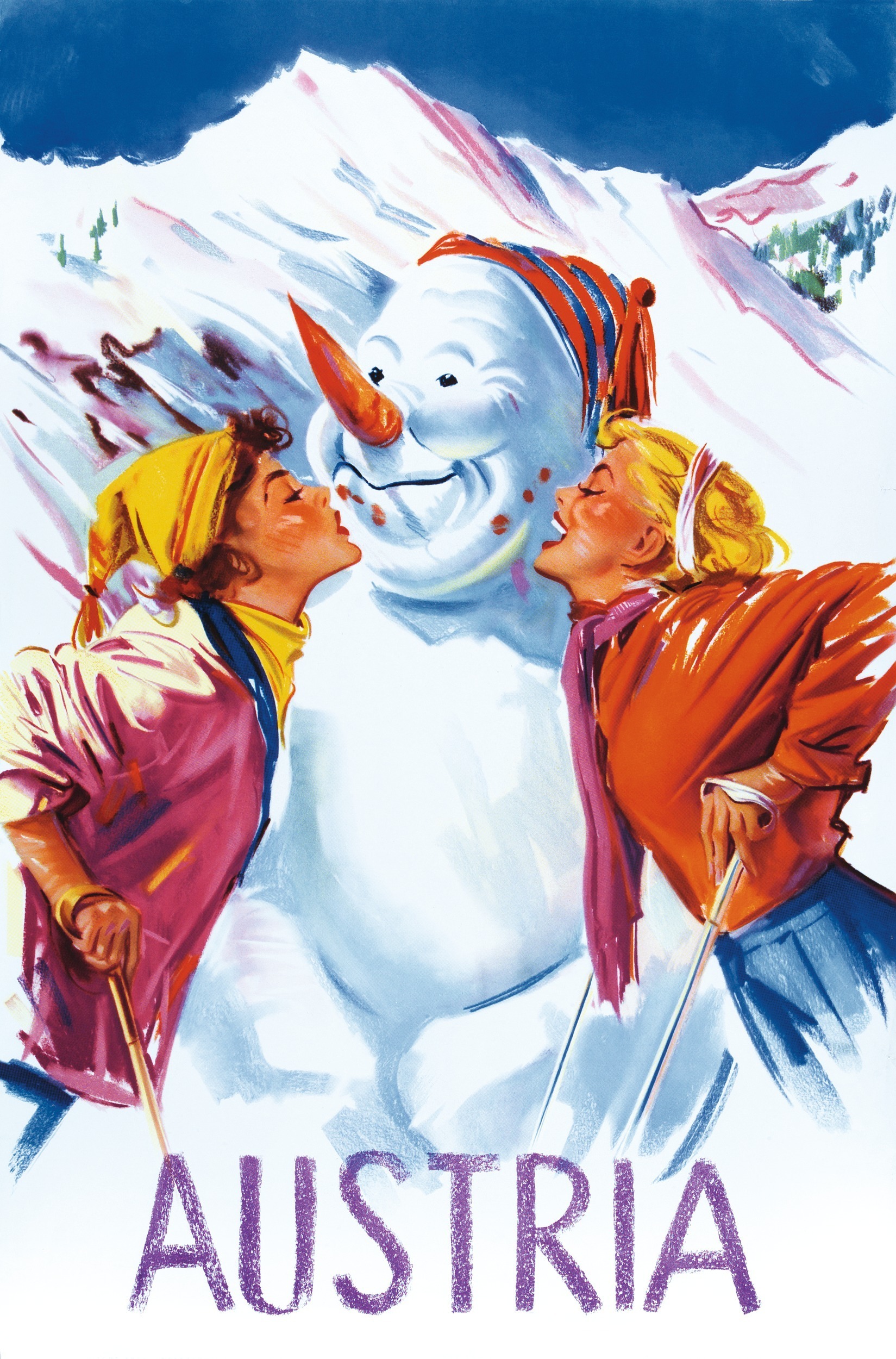
The exhibition Austriada. 70 Years of Illustrated Journeys, part of RDW, explores how Austria has built its image as a national tourism brand over the 70 years since the establishment of the National Tourist Office. Posters featuring naïve and pop art illustrations, animated elements revealed via QR codes, installations and dioramas alongside vintage travel guides come together to form a coherent vision that has placed tourism at the heart of Austria’s cultural identity and economic value.
A visual journey through 70 years of national communication — where precision, emotion, and style converge.
The exhibition “Austriada. 70 Years of Illustrated Journeys” is part of RDW Design Flags, a format presented by Purcari.
